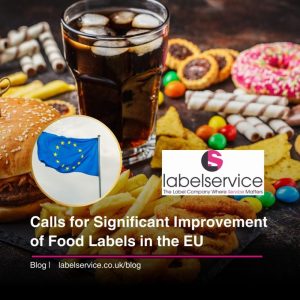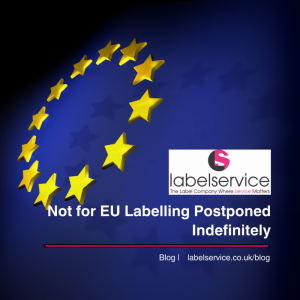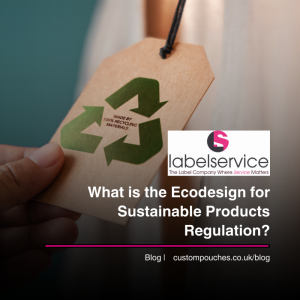QR codes can be used for many things. Examples could be a link to your Facebook page, deliver a step-by-step instructional video, and allow them to view more information on your product or other products that you might sell. It could even be linked to a Google map with directions to your store or facility. For a promotion, your QR could link the customer to a game or a survey that you might reward them for filling out.
A QR code (short for Quick Response) is a specific two-dimensional barcode, readable by dedicated QR barcode readers and camera phones. The code consists of black modules arranged in a square pattern on a white background. The information encoded can be text, URL or other data. Users with a camera phone equipped with the correct reader application can scan the image of the QR code to display text, contact information, connect to a wireless network, or open a web page in the phone’s browser. Many manufacturers are incorporating QR Codes onto their labels as a direct link to websites and promotional microsites. Some marketeers believe these will ultimately replace many on pack promotions.
It makes sense since most people these days have smart phones. Promotions or other information that once had to be printed, either directly on a label or on a sticker for placement on a label, can now be accessed by the customer through their iPhone or smart phone. This makes promoting your product and brand so much easier. You wouldn’t have to fill up your label with details, distracting from your brand.
The QR code can also be stylised to fit together with your branding. It doesn’t have to be just black and white. Other colours and designs can be designed into it. Overall, it’s a great way to interact with your customers, gain feedback, track your customers and keep up with what it is they’re wanting in your product so that you can deliver. The best part of using a QR code is that the information you want to give your customers can be controlled at headquarters. The QR code stays on the product label while the information it takes the consumer can change with a few key strokes. Research is showing that more and more consumers are scanning QRs and the possibilities are endless.
















